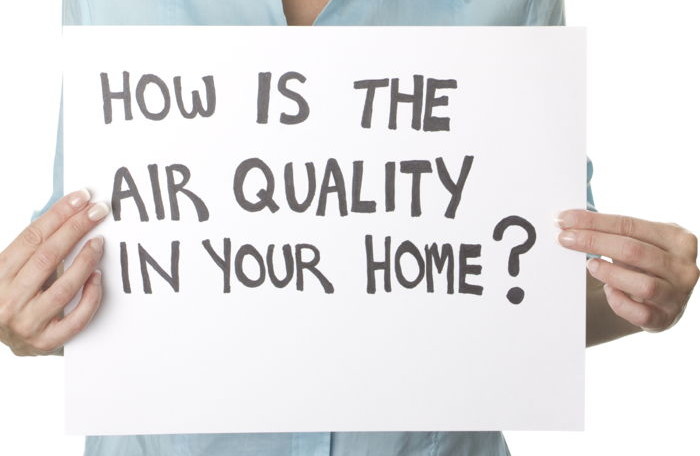Simply mentioning the word pollen is enough to make any allergy sufferer’s nose itch, eyes water and skin crawl if they have fallen victim to pollen-triggered allergies before. Unfortunately, for those who suffer from allergies, summer offers no relief from excessive itching and sneezing.
As a result, air quality plays an important role in home allergy protection. Bottom line: controlling the air quality and climate in your home can result in significant health benefits. Continue reading as we explore air quality solutions.
While allergies are all the rage when spring rolls around, the reality is they don’t suddenly disappear in the summer months. As a matter of fact, the opposite rings true. According to allergist Michael Foggs, MD, president of the American College of Allergy, Asthma and Immunology (ACAAI), “summer allergies can cause severe symptoms for some sufferers, and can be just as bad as the spring and fall seasons.”
Cultivating a handful of habits around air maintenance and thorough cleaning can help lead to cleaner air and fewer allergy symptoms. Work to integrate these simple steps into your daily routine to see immediate results on the overall air quality of your home.
1. Regular Cleaning
Dust, dirt and dust mites all contribute to the overall air pollution in your home. In order to reduce their impact, routinely vacuum and dust all surfaces in your home to collect and gather the dust. Routine cleaning makes a huge difference in keeping your house as mold, dust, and pollen-free as possible. HEPA filters can help, too!
2. Control Moisture
Did you know that mold needs the right conditions and proper amount of moisture to live and continue to multiply? If you can control the moisture levels in your home, you will be able to control the subsequent mold growth as well. Consider investing in a dehumidifier and be sure to clean it on a regular basis. Additionally, keep an eye on the moisture level and maintain it between 40 and 50 percent.
3. Proper Ventilation
Proper ventilation can help to decrease high levels of pollen and dust in your home. To ensure that your home gets a controlled amount of fresh air (weather permitting), open doors and windows to encourage airflow and improve your overall indoor air quality. An air exchanger is great for this purpose!
4. Replace Filters
Old filters, whether AC, heating or ventilation, can be a major culprit behind indoor air pollution. Be sure to monitor your filters and replace as recommended, or every two months during use.
Bottom line: While all of these tips will help retrospectively, the most effective strategy for reducing indoor air pollution is to eliminate and/or reduce the source of contaminants entirely. Fresh, pollution-free air is nothing to take for granted.
If you would like a more thorough analysis of your home’s overall indoor air quality, don’t hesitate to call a Blue Ox technician or schedule an appointment today. Don’t suffer in silence with your allergies. Contact us today and start breathing better tomorrow.


